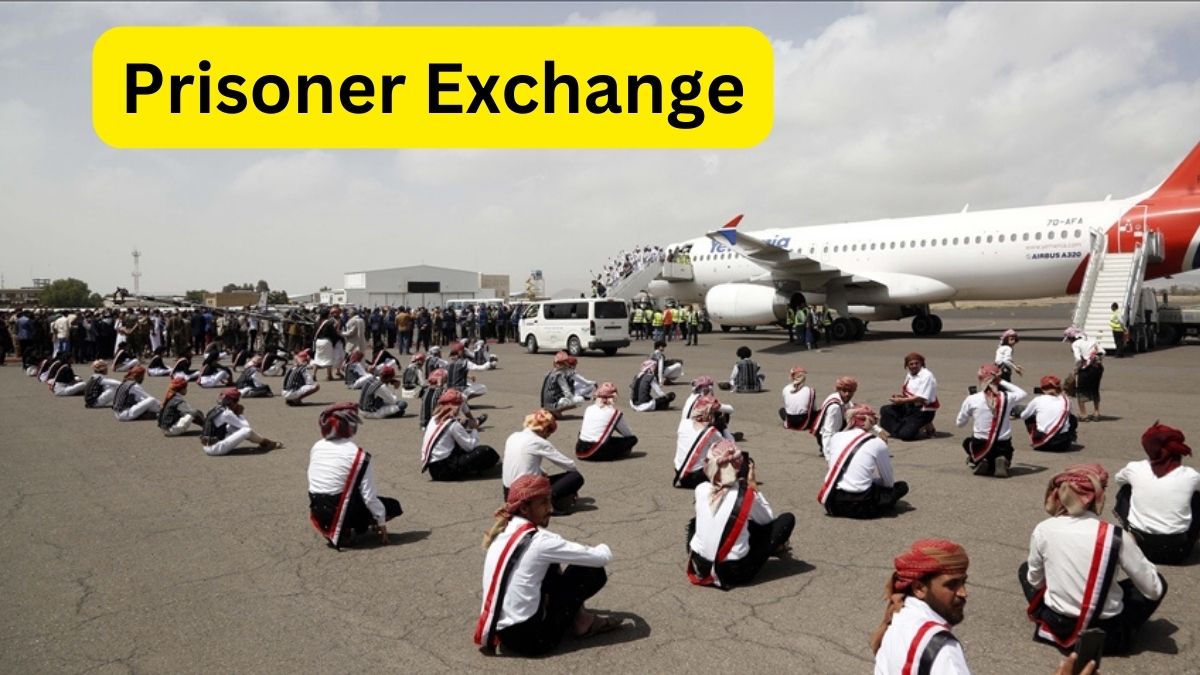Prisoner exchange is a practice that has been used for centuries, often playing a crucial role in international diplomacy and conflict resolution. The concept involves the exchange of prisoners between two opposing sides, typically during times of war, political strife, or diplomatic tension. This intricate and sensitive process is influenced by a myriad of factors, including humanitarian concerns, political strategies, and international law.
Historical Background
The history of prisoner exchange dates back to ancient times. During the medieval period, captured soldiers and nobles were often ransomed or exchanged as part of peace negotiations. In more recent history, during World War II, various countries engaged in prisoner exchanges to repatriate captured soldiers. These exchanges were not only about returning soldiers to their home countries but also about maintaining morale and showing a commitment to international humanitarian laws.
Modern-Day Practices
In contemporary times, prisoner exchanges have evolved but remain an essential part of international relations. One notable example is the exchange of prisoners between the United States and the Soviet Union during the Cold War. These exchanges often involved spies and political prisoners, and they were typically conducted with great secrecy and strategic planning. The famous exchange of Francis Gary Powers, an American pilot captured by the Soviet Union, for Soviet spy Rudolf Abel in 1962 is a prime example.
Humanitarian Concerns
Humanitarian concerns are often at the forefront of prisoner exchange negotiations. Organizations like the International Committee of the Red Cross (ICRC) play a crucial role in facilitating these exchanges, ensuring that the treatment of prisoners adheres to the Geneva Conventions. These conventions establish international legal standards for humanitarian treatment in war, including the fair and humane treatment of prisoners of war.
Political and Diplomatic Implications
Prisoner exchanges are not merely humanitarian acts; they are deeply political and diplomatic. Governments use prisoner exchanges as leverage in negotiations, to signal goodwill, or to achieve broader political objectives. For instance, a country might release prisoners as a gesture of goodwill to improve bilateral relations or to secure concessions in other areas, such as trade or military cooperation.
Case Studies
United States and Iran
One recent example is the prisoner exchange between the United States and Iran in 2020. The U.S. released Iranian scientist Sirous Asgari, who had been imprisoned for violating sanctions, while Iran released Michael White, a U.S. Navy veteran. This exchange was part of broader diplomatic efforts to ease tensions between the two countries, showcasing how prisoner exchanges can serve as a tool for de-escalation and opening channels for dialogue.
Russia and Ukraine
Another notable case is the ongoing conflict between Russia and Ukraine. Prisoner exchanges have been a recurring element in their relations, often serving as a means to reduce hostilities and address humanitarian issues. These exchanges are complex and fraught with challenges, requiring meticulous negotiation and often involving international mediators.
Legal Framework
International law plays a significant role in regulating prisoner exchanges. The Geneva Conventions, particularly the Third Geneva Convention, outline the rights and treatment of prisoners of war. These laws mandate that prisoners must be treated humanely, and they establish procedures for their release and repatriation. Additionally, the conventions require that prisoner exchanges be conducted in a manner that ensures the safety and dignity of those involved.
Challenges and Criticisms
Despite their benefits, prisoner exchanges are not without challenges and criticisms. One significant challenge is the asymmetry often present in negotiations. One party might have more prisoners or more valuable prisoners than the other, complicating the exchange process. Additionally, there is the risk that exchanges might be used to gain strategic advantages or that they might incentivize the capture of more prisoners.
Critics also argue that prisoner exchanges can sometimes undermine justice, particularly when individuals involved in serious crimes are released. This concern is often balanced against the humanitarian imperative to return individuals to their home countries and reunite them with their families.
The Role of Mediation
Mediation plays a crucial role in facilitating prisoner exchanges. International organizations, neutral countries, and non-governmental organizations often act as intermediaries, helping to broker agreements and ensure that exchanges are conducted fairly. The involvement of neutral parties can help build trust between the opposing sides and ensure that the terms of the exchange are honored.
The Future of Prisoner Exchanges
The future of prisoner exchanges will likely continue to be shaped by geopolitical dynamics, advancements in international law, and evolving humanitarian standards. As conflicts become more complex and multifaceted, the role of prisoner exchanges in diplomacy and conflict resolution may become even more significant.
Conclusion
Prisoner exchange is a multifaceted and complex practice that serves as a vital tool in international diplomacy and conflict resolution. Balancing humanitarian concerns with political and strategic objectives, these exchanges require careful negotiation and adherence to international legal standards. As history has shown, prisoner exchanges can help to de-escalate conflicts, improve bilateral relations, and uphold the principles of humane treatment in times of war. Looking ahead, the practice will continue to evolve, reflecting the changing landscape of global politics and international law.
